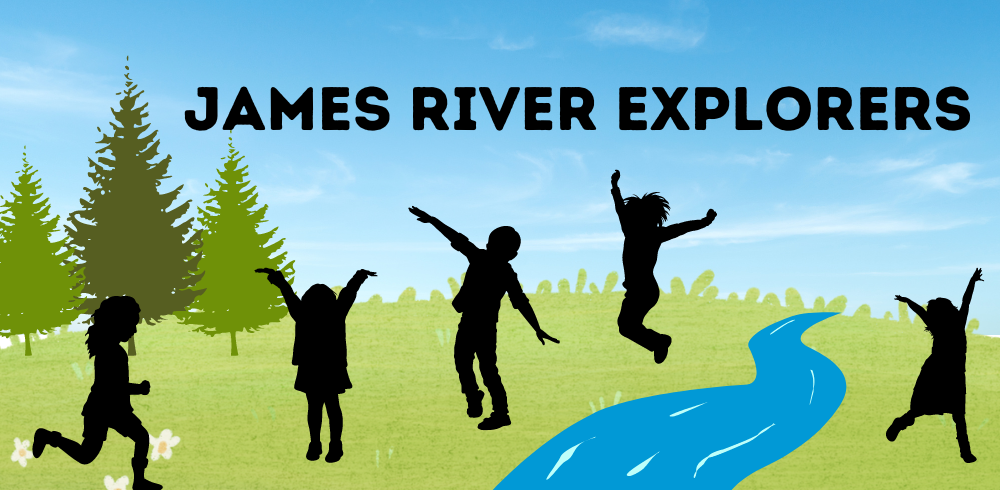Wetlands are crucial to the environment and the James River for several reasons. They act as natural filters, purifying water by removing pollutants and excess nutrients before they enter the river. Wetlands also provide vital habitat for a wide variety of plant and animal species, including migratory birds and endangered species. They also serve as natural flood control systems, helping to prevent erosion and reduce the impact of storms and flooding. Protecting and restoring wetlands is essential for maintaining healthy ecosystems and ensuring the continued health of the James River and the surrounding areas. Follow the directions below for a fun activity to visualize the importance of our wetlands!
Wetlands provide 3 major benefits:
1.) Filter out pollution from water (Nature’s Kidneys)
2.) Great habitat for fish, waterfowl, and wildlife
3.) Prevent flooding (Acts like a sponge to soak up excess water)
Students will need:
– 1 bottle (2 litter Pepsi or Coke)
– 2 jars (1 clean, 1 with dirty water) (Peanut Butter jars work great)
– Large rocks
– Small rocks
– Dirt
– Sand
Directions:
Students will build a wetland in a bottle with the supplies shown below. Students will place large rocks in the soda bottle first, small rocks second, sand in third and dirt (wet dirt) in last. Have someone hold the students wetland in a bottle. Make sure to place the clean jar under the wetland in a bottle. Now pour the dirty water into the top of your wetland.
Questions to ask after building your wetland in a bottle.
- What did you notice?
- Is the water coming out cleaner?
- Why do you think the Coke/Pepsi bottle has 4 different layers? Is there a reason we have thlarge rocks on the bottom?
- After completing this project do you feel like wetlands are important? Why?
- What are the 3 major benefits of a wetland?
Conclusion:
This lesson allows students to have a hands-on activity while learning about the benefits of wetlands. When pouring the water into the bottle you will notice that the dirt starts to absorb the water. The wetland in a bottle starts to filter out pollution until the water eventually becomes clearer.
Extra:
- Make your “polluted” water extra dirty. How many times did you have to run the water through the
wetland in a bottle for it to be clear? - Mix up the order of the layers in the bottle. Did you see a difference? What happened that was
different from the correct order?



